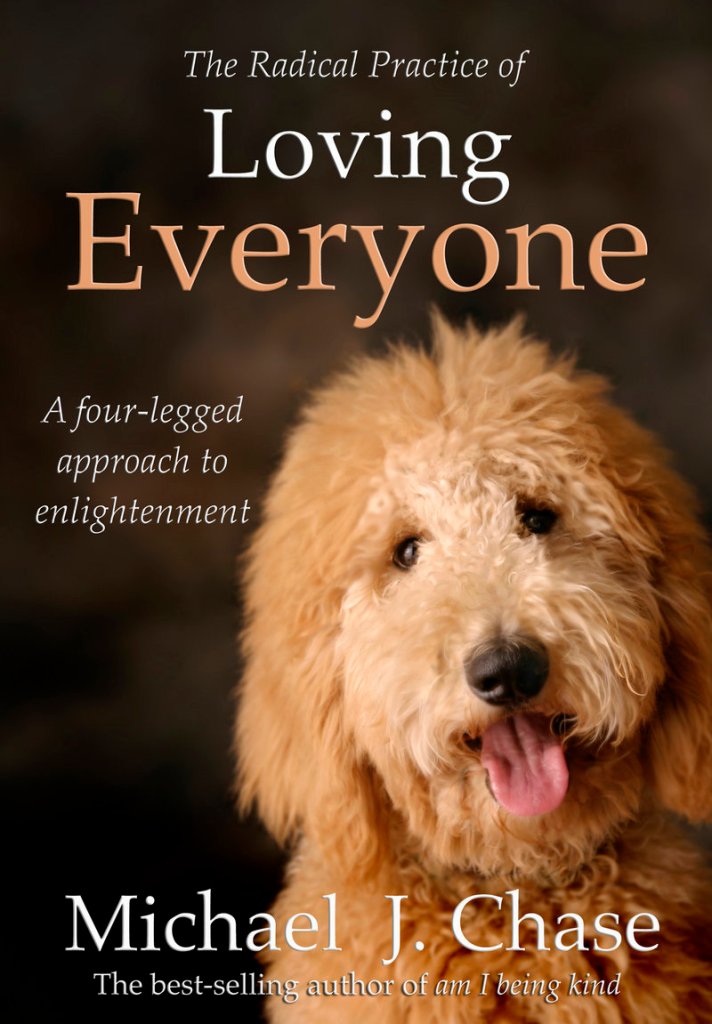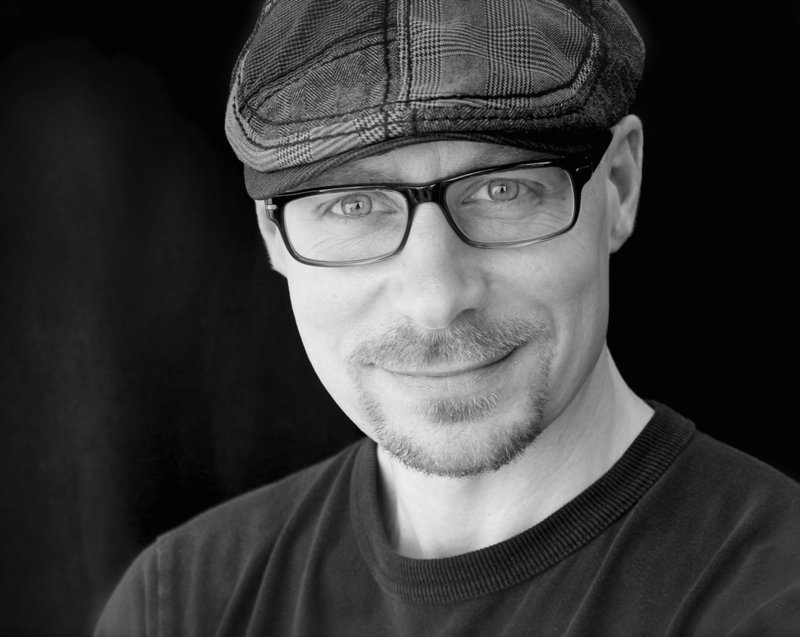It’s a simple concept, says Michael J. Chase.
Be kinder. To yourself, and to others.
Chase gave up a 16-year career as a portrait photographer to start a new career talking and writing about kindness. In 2007, he started the Kindness Center (mostly run out of his home) with his wife, and now makes a living writing and speaking at events and schools around the country.
In 2011, he published his first book, “Am I Being Kind: How Asking One Simple Question Can Change Your Life and Your World.” His second book, “The Radical Practice of Loving Everyone: A Four-Legged Approach to Enlightenment” (Hay House), is due out in May.
Chase, 43, grew up it the Bangor area and now lives in Biddeford.
Q: What are the main points you try to get across when writing about kindness?
A: I try to encourage people to slow down and be more aware of opportunities. Most of us spend our days looking down at our phones or other devices, and we’re missing all these opportunities to open a door or smile at a stranger or give a couple dollars to a homeless person on the street.
The core of this is that I believe the reason people are unkind is that they are unhappy. My goal is to try to help people understand this on a deeper level, how anything creating emotional suffering in their lives can affect this. The more people work on themselves, the more their heart will open up to people around them.
Q: Where did the idea for “The Radical Practice of Loving Everyone” come from?
A: This book has been a life-changing experience, and it was the last thing I thought I’d be writing about. It started with my dog (a standard poodle named Mollie), who is my best friend in life. I wanted to write a book about unconditional love. It’s a tough world to love everyone around you in.
One evening, I just started to look at all the qualities (Mollie) has: Living in the moment, simplicity, being nonjudgmental. She has all these traits; she just loves everyone, it doesn’t matter who they are. A friend of mine is a Buddhist, and he showed me that the path to enlightenment is very similar to the way canines live.
But I wouldn’t say it’s a dog book. She (Mollie) is the inspiration behind it. This was written to help people get along with people in their lives, to learn to be kinder, to be more compassionate.
I don’t practice or teach one particular belief system. There are a lot of different teachings that can lead to a place of kindness. That’s what I love about this message of kindness. Nobody argues with it. Nobody says, “Kindness, who needs that?” What I want to do is help people realize it’s not a weakness, as it sometimes is made out to be in the corporate world, but a strength. If you’re kinder to your employees, they will be much more willing to be part of the team and stick around longer.
Q: What led you from photography to speaking about and writing about kindness?
A: Well, I absolutely loved photography. But throughout my time as a photographer, I was on a path searching, reading about inspirational topics, looking for the authentic happiness we’re all looking for. And along the way, I made this discovery that kindness was an amazing vehicle for personal and spiritual growth. That if you’re being kind, it can change the lives of everyone around you. As simple as it seems, it’s such a profound thing.
Q: So how did you shift careers from photography to spreading kindness?
A: We had this idea to put on large events based on random acts of kindness. It was five years ago. We decided to go out on the streets in Portland for 24 straight hours, trying to help as many people as possible. It could be as simple as buying a cup of coffee or a meal for a homeless person, or volunteering at a soup kitchen. From that one event, people began writing articles about it, and talking about it. So we did it again, in New York City.
You can really look for any opportunity to do this. There are so many moments during the day. You might see an elderly person doing work in their yard, and you just stop and help.
Q: But how did you do this from a financial standpoint? How could you afford to stop working as a photographer to do this?
A: We had very little savings. In making this decision, we had to let go of most of our material things, our home. For a few years, it turned our lives upside down. You know going into something like this you’ll face challenges. I have the most amazing wife, and we had some hard times making this work. But speaking in schools, that part of my business, really took off, and we have made it work.
Staff Writer Ray Routhier can be contacted at 791-6454 or at:
rrouthier@pressherald.com
Send questions/comments to the editors.




